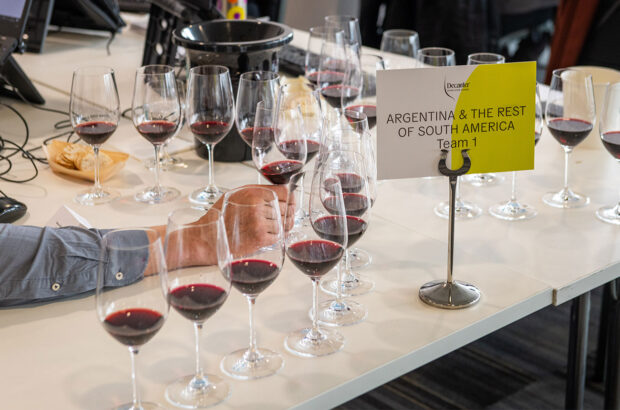Suspicions that most of Australia’s estimated 150ha of Albariño are Savagnin Blanc have been confirmed.
The finding follows comparison of DNA samples from Australian plants with samples from Albariño and Savagnin Blanc plants in the National Germplasm Collection in Spain.
The Commonwealth Scientific and Industrial Research Organisation (CSIRO), which has distributed most of the suspect plants in Australia, conducted the tests.
‘On the basis of its study the plants labelled as Albariño in the CSIRO’s plant collection are actually Savagnin Blanc [also known as Traminer or Savagnin Rose] and will be relabelled as such,’ the Australian Wine and Brandy Corporation said when reporting the test results.
The tests were conducted after French ampelographer Jean-Michel Boursiquot last year suspected that ‘Albariño in the Barossa Valley was Savagnin Blanc, a suspicion confirmed by DNA tests in France.
‘If you have “Albariño” vines that were sourced from the CSIRO collection, then wine produced from those vines cannot be described using that name,” AWBC said.
Winegrape Growers Council of Australia CEO, Mark McKenzie, said that if any growers were in any doubt about the authenticity of their grapes they should get them tested.
Written by Chris Snow in Adelaide






